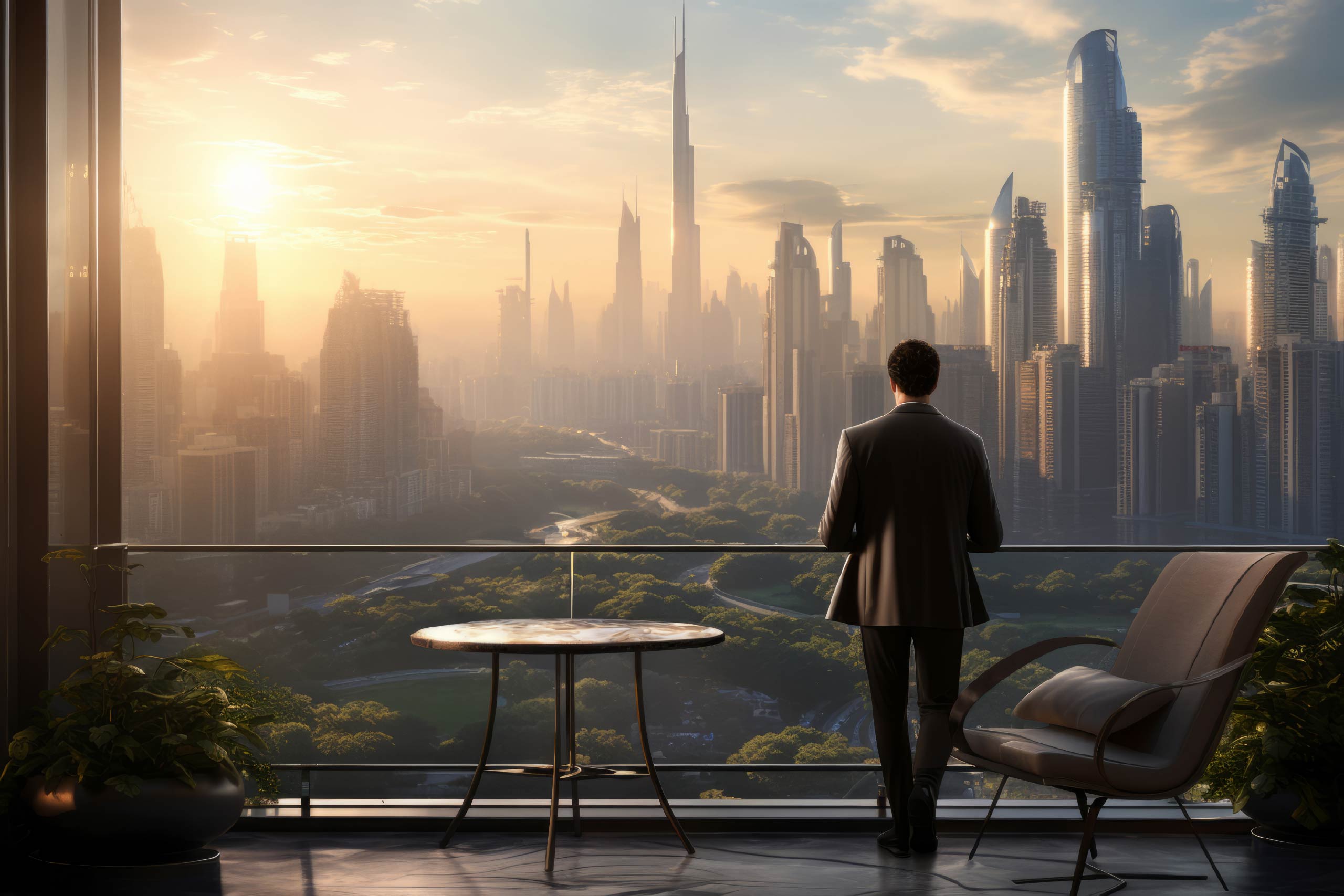
In India’s fast-changing real estate landscape, some priorities remain constant. Even today, ancient spatial sciences like Vastu Shastra and Feng Shui continue to hold significant sway over homebuying decisions. These principles, deeply rooted in cultural and spiritual beliefs, are not mere traditions but essential considerations for many Indian homebuyers seeking harmony and well-being in their living spaces.
A survey by 99acres revealed that more than 62% of homebuyers prefer Vastu-compliant homes in India, and 44% are even willing to pay a premium for them. Clearly, these age-old principles continue to shape how Indians define an ideal home—one that aligns with well-being, balance, and long-term prosperity. To understand why these principles still hold ground today, we need to first explore what they represent and how their applications differ.
Understanding Vastu and Feng Shui
Though different in origin, both systems continue to influence how homes, as per Vastu and Feng Shui, are designed, purchased, and experienced in India.
What Is Vastu Shastra?
Vastu Shastra, rooted in ancient Indian texts dating back to 6,000 BC, is based on the alignment of structures with the natural elements—earth, water, fire, air, and space. It provides a scientific and spiritual framework for wellness-focused home design that supports health, prosperity, and inner peace.
Vastu integrates geography, direction, sunlight, and architectural proportions to ensure that positive energy flows seamlessly throughout the home. For Indian homebuyers, especially those deeply connected to traditional values, Vastu is not just desirable—it’s often non-negotiable.
What Is Feng Shui?
Feng Shui, on the other hand, originated in China around 960 BC and centres around the movement of ‘Chi’, the universal life energy. It uses tools like the Bagua map and the balance of five elements—wood, fire, earth, metal, and water—to create environments that promote harmony and abundance.
While Feng Shui is more commonly adopted in Southeast Asia, its appeal among globally exposed Indian buyers is growing, particularly in Feng Shui homes in India designed with contemporary or international aesthetics. (Architectural Digest)
Key Differences at a Glance
Both these systems aim to optimise spatial energy and enhance well-being. However, their applications and philosophies differ in several aspects. Here’s a comparative overview of Vastu vs Feng Shui:
| Aspect | Vastu Shastra | Feng Shui |
|---|---|---|
| Origin | Rooted in ancient Indian architectural scriptures. | Derived from Chinese cosmology, possibly influenced by early Indian thought. |
| Estimated Timeline | Circa 6,000 BC. | Circa 960 BC. |
| Scientific Foundation | Integrates natural elements with directional science and architectural logic. | More aligned with universal and geographical interpretations. |
| Design Approach | Focuses on fixed, science-based design principles. | Flexible; may require recalibration based on planetary and annual cycles. |
| Colour Preference | Advocates lighter, neutral tones for balance and calm. | Encourages bright colours to enhance flow of energy and attract luck. |
| Adaptability | Once implemented, Vastu principles remain stable and do not change over time. | Principles can change annually with the Chinese Lunar calendar. |
Despite their differences, both systems create wellness-focused home design that promotes clarity, stability, and emotional balance—priorities that continue to resonate with modern Indian buyers.
Why These Principles Resonate with Modern Homebuyers
The integration of Vastu and Feng Shui principles in home design is not merely a nod to tradition but a response to contemporary needs for holistic living./p>
- Enhanced Well-being: Homes designed with these principles often promote mental clarity, reduce stress, and foster a sense of peace. (The Times of India)
- Cultural Significance: For many, especially in India, these principles are deeply rooted in cultural and spiritual beliefs, making them an essential consideration in home selection
- Market Demand: Properties adhering to Vastu or Feng Shui often command higher resale values and attract a broader range of buyers. (Housing)
As these principles continue to influence purchase decisions, developers recognise their value, both culturally and commercially.
How Developers Have Long Integrated Vastu and Feng Shui Principles
For years, leading real estate developers across India have proactively incorporated Vastu-compliant homes and Feng Shui elements into their project planning—not as an afterthought, but as a core part of their design and positioning strategy.
From entrance orientation and room placement to ventilation and elemental balance, these principles are often embedded from the master plan stage. For developers, offering Feng Shui homes or Vastu-aligned homes isn’t just a nod to tradition—it’s a response to market realities. Projects that highlight these alignments consistently attract stronger buyer interest, higher conversion rates, and premium positioning in a crowded marketplace. In both domestic and NRI segments, homes that harmonise tradition with design continue to carry strong emotional and investment appeal.
At SQUAREA, we understand the profound impact of spatial harmony on well-being. Our curated portfolio features properties that seamlessly blend contemporary architecture with the timeless principles of Vastu and Feng Shui. Whether you’re seeking a home that aligns with your beliefs or one that promotes holistic wellness, our team is here to guide you.
Connect with us at hello@squarea.io or call +91 90 9641 9641 to discover spaces where tradition meets tranquillity.




